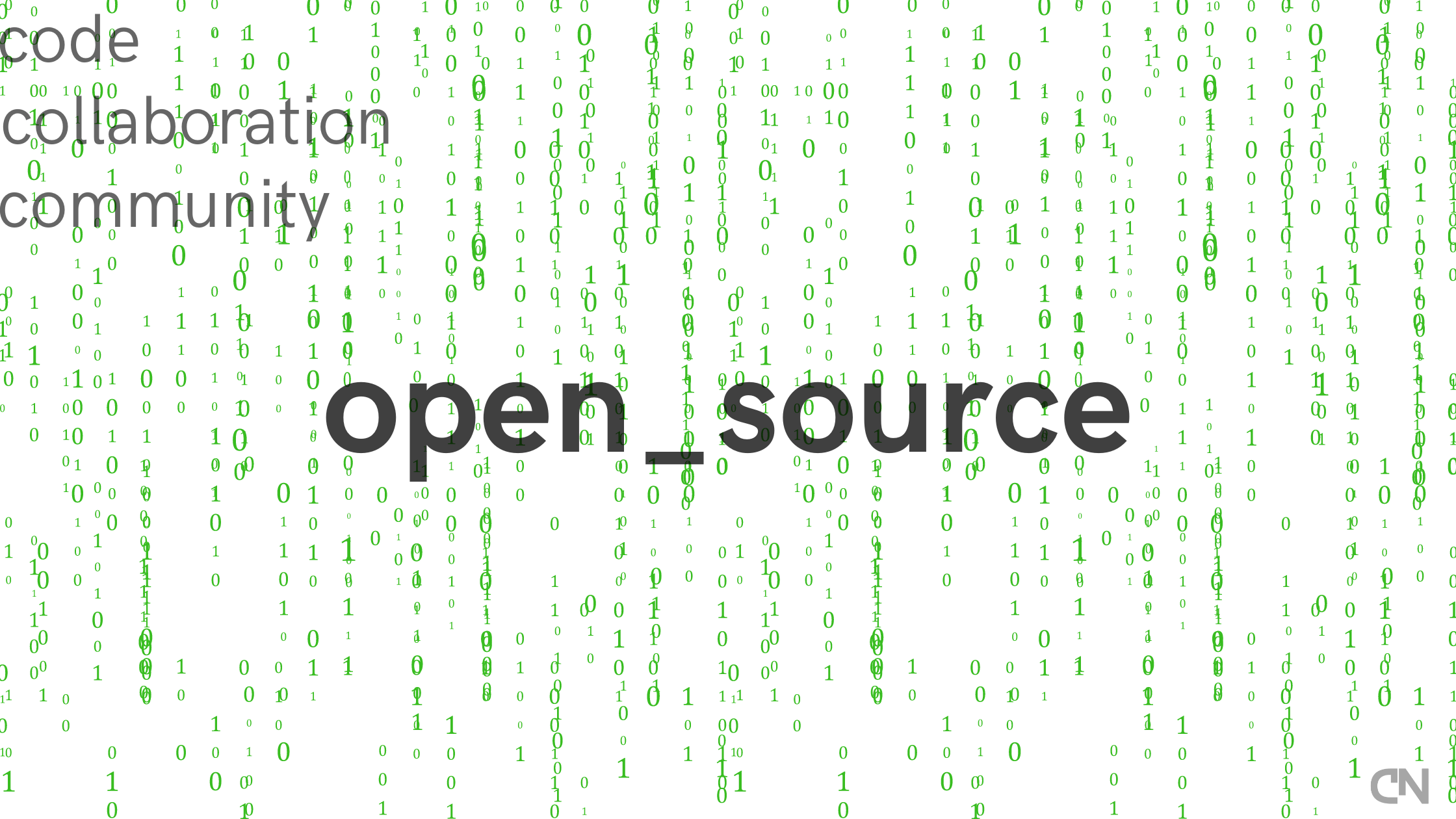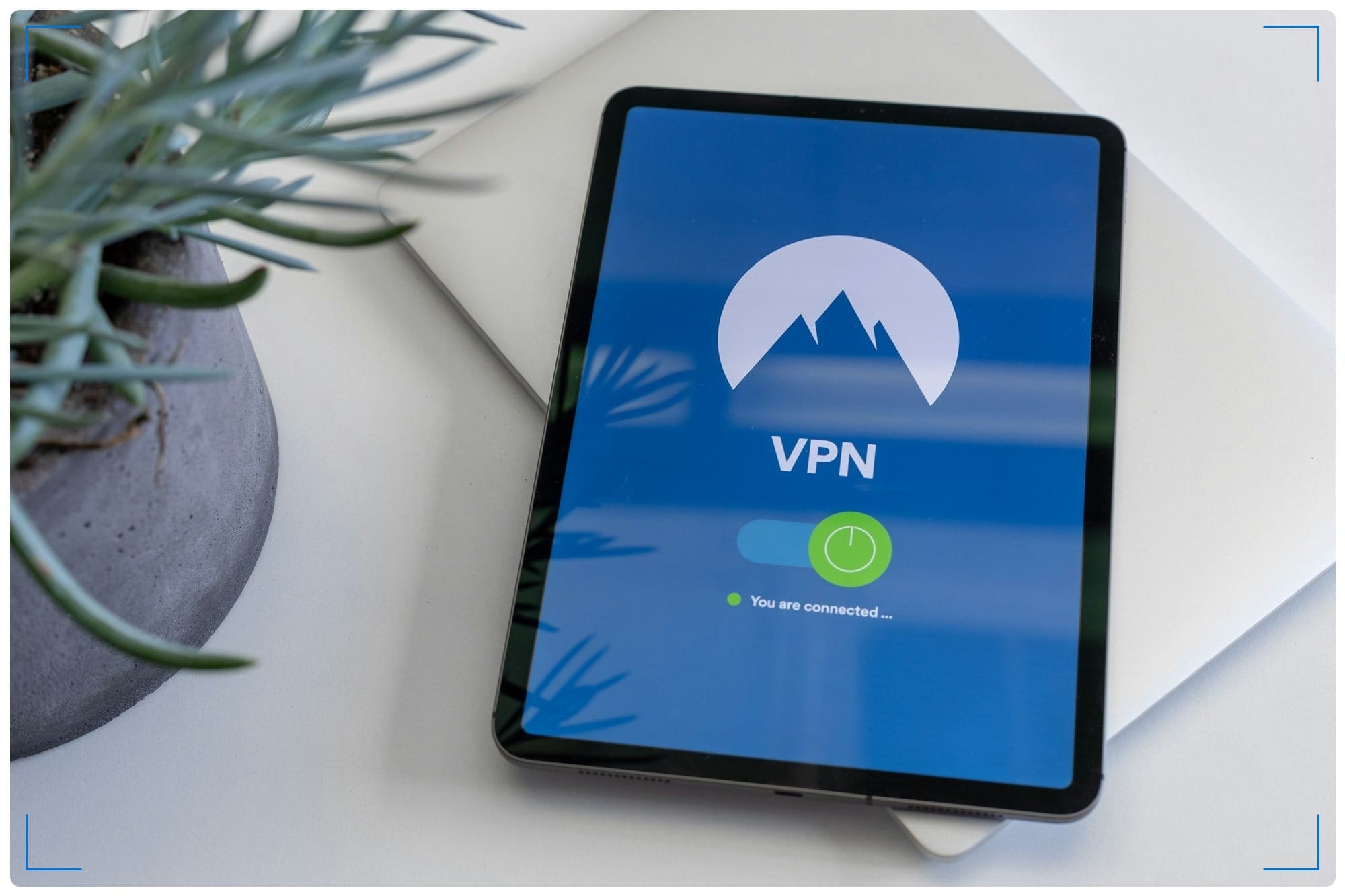On this page
Estimated reading time is 2 minutes and 27 seconds 🕒
Introduction
Imagine if your computer's hard drive stretched across the globe, accessible anywhere, anytime. That's the cloud for you – not the fluffy ones in the sky, but a vast digital expanse that's become our go-to for everything from binge-watching Game Of Thrones to securely hosting top-secret projects. It's a concept that once belonged in science fiction, yet today, it's as real as the smartphone in your hand.
A Brief History
The cloud's ancestry goes back to the 1960s, with J.C.R. Licklider's "Intergalactic Computer Network," laying the groundwork for a globally connected system. Fast forward to 2006: Amazon launches AWS, turning the cloud from a geek's daydream into a reality, offering a slice of its massive computing power to the world. This was the game-changer, setting the scene for cloud computing as we know it.
Key Advancements - Beyond the Basics
After Salesforce introduced the world to online software services in 1999, and AWS democratized access to industrial-strength computing, the floodgates opened. Google Cloud and Microsoft Azure soon entered the battle, sparking an era of innovation that saw cloud capabilities grow exponentially. We've witnessed everything from the birth of cloud-native technologies to revolutions in data storage and analytics, making the cloud not just a storage bin, but a dynamic ecosystem supporting the most cutting-edge technologies.
The Titans of Cloud
AWS, Microsoft Azure, and Google Cloud Platform - these are the names that dominate today's cloud landscape. Each brings its strengths, from AWS's vast array of services and global infrastructure to Azure's deep integration with Microsoft's software empire and Google Cloud's prowess in data analytics and machine learning. My journey has been mostly on AWS, appreciating its robustness and scalability, but Azure and Google Cloud are no less impressive, with their unique offerings that cater to different facets of the digital world.
The Cloud Today and Tomorrow - AI's New Playground
The cloud is no longer just about storing your photos or hosting websites. It's become the playground of AI, where massive datasets are processed and analyzed to teach machines to think and learn. This symbiosis of cloud and AI is pushing the boundaries of what's possible, from automating mundane tasks to driving breakthroughs in medicine and climate science. The future of cloud computing is intrinsically linked with AI, setting the stage for a world where technology anticipates and meets our needs, often before we even articulate them.
Conclusion
The journey from a developing 'Intergalactic Network' to today's cloud computing mirrors our technological evolution. It's a narrative of human ingenuity and the relentless pursuit to create, share, and innovate. As CloudyNow continues to explore these advancements, I'm particularly excited about the cloud's role in powering AI, promising a future where technology and humanity intersect more seamlessly than ever.
Fun Fact:
You may be wondering why the estimated reading time of this post is 2min and 27 seconds? Well, here is the explanation in code 😄
# Calculate the estimated reading time based on 612 words and convert to minutes and seconds with rounding
words = 612
average_reading_speed_per_minute = 250 # Average words read per minute
# Calculate reading time in minutes
estimated_reading_time_minutes = words / average_reading_speed_per_minute
# Convert fractional part of minutes into seconds and round to nearest whole number
minutes = int(estimated_reading_time_minutes)
seconds = round((estimated_reading_time_minutes - minutes) * 60)
print(f"{minutes} min and {seconds} seconds")
# Output is: 2 min and 27 seconds
Stay tuned to CloudyNow for a journey through the tech that shapes our world. The sky is not the limit; it's just the beginning.









